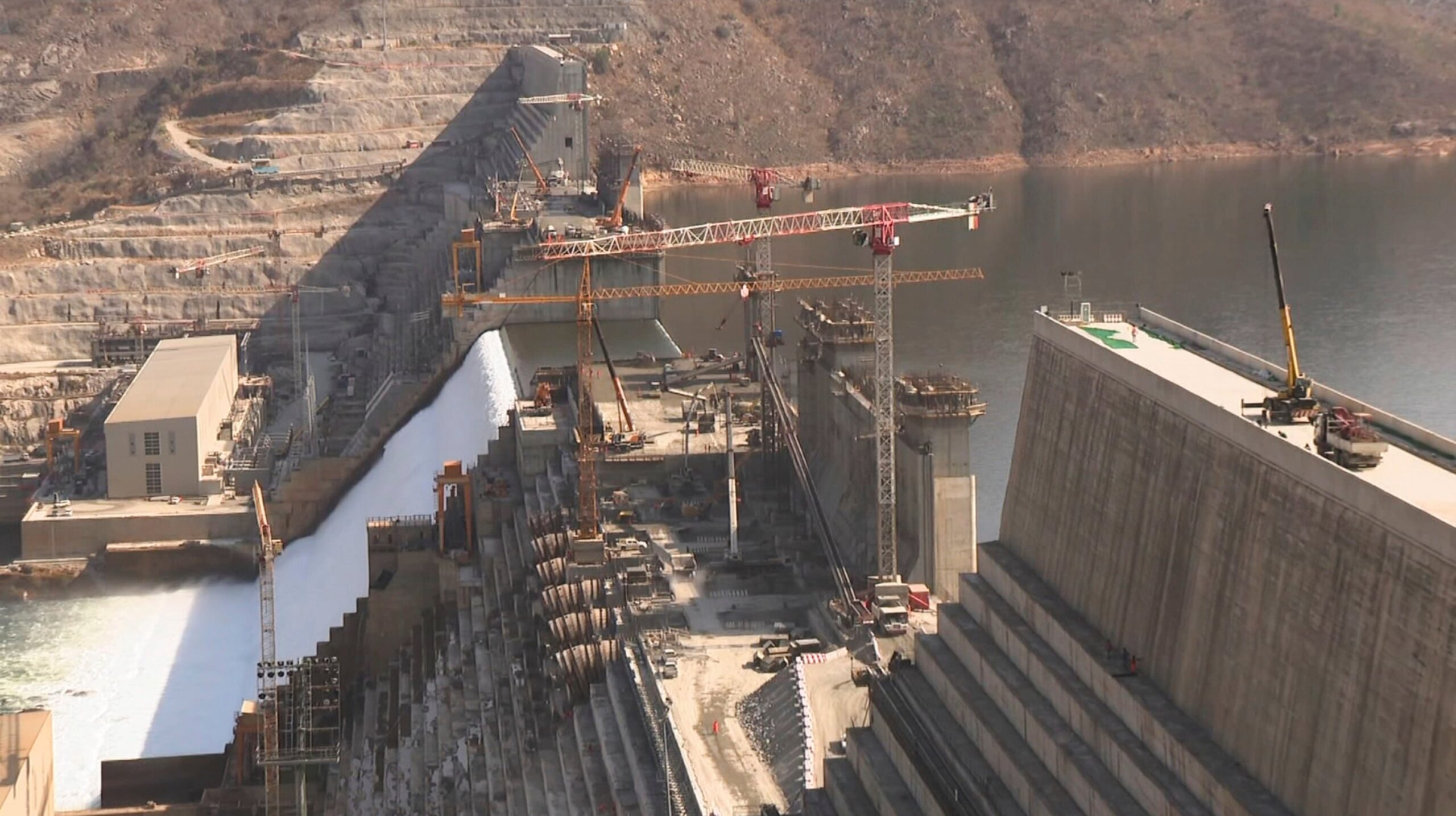ADDIS ABABAAmid a disagreement with Egypt about fair water sharing, Ethiopia’s prime minister announced Thursday that a contentious power project on the Nile was finally finished, marking a significant milestone for his nation.
Egypt has long opposed the project due to worries that it would reduce the amount of water it receives from the Nile River. Egypt, the most populous country in the Arab world, depends almost exclusively on the Nile to supply water for agriculture and its more than 100 million inhabitants, which is why Egypt has called the Grand Ethiopian Renaissance Dam an existential threat.
Over the years, Ethiopia and Egypt have not reached an agreement, and it is still unclear how much water Ethiopia will transfer downstream in the event of a drought.
In his speech to parliamentarians on Thursday, Ethiopian Prime Minister Abiy Ahmed stated that his government is getting ready for its formal inauguration in September.
We repeat our commitment: the dam will be inaugurated, despite the opinions of some who think it should be interrupted before then, he stated.
According to Abiy, his nation is still dedicated to making sure that our development doesn’t come at the expense of our Sudanese and Egyptian relatives.
According to him, we support shared energy, shared progress, and shared water. When one is prosperous, everyone should be prosperous as well.
Ethiopia started construction of the $4 billion dam in 2011, and Egypt and Ethiopia have been trying to reach an agreement on it for years. At one point, tensions over the largest dam in Africa were so high that some observers thought the two nations may start a war over it.
However, upstream countries like Uganda, which is home to a regional partnership of ten countries that signed an agreement last year on the equitable use of water resources from the Nile River basin, have backed Ethiopia diplomatically.
The partnership’s agreement, dubbed the Nile Basin Initiative, went into effect in October without Egypt’s or Sudan’s ratification.
In 2022, the dam on the Blue Nile, close to the Sudanese border, started generating electricity. Over 6,000 megawatts of electricity are anticipated to be produced by the project in the end, which is twice Ethiopia’s present output and sufficient to turn the 120 million-person East African country into a net energy exporter.
The dam is roughly 500 kilometers (311 miles) northwest of Addis Ababa, the capital of Ethiopia. According to the main contractor, it is 1,800 meters long and 175 meters high, supported by a reservoir that has a capacity of up to 74 billion cubic meters of water.
Ethiopia maintains that the dam is an essential project that will enable it to become a significant power exporter and lift millions of its people out of poverty.
Egypt, which has long defended its rights to Nile water under the terms of a colonial-era pact, could not immediately be reached for comment.
Egypt received the majority of downstream Egypt and Sudan’s rights to the Nile water via the agreement between Egypt and the United Kingdom.
The other countries along the river basin that have called for a more equitable arrangement were not taken into consideration when that agreement was first signed in 1929.
___ Muhumuza from Kampala, Uganda, made a contribution.
